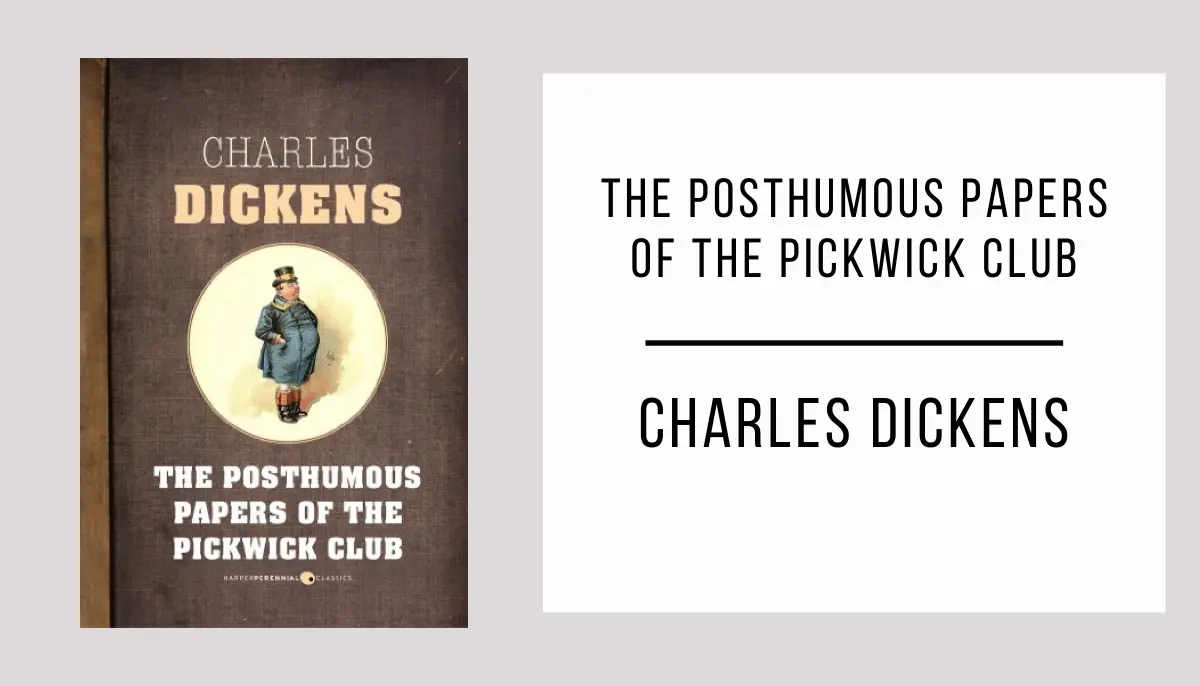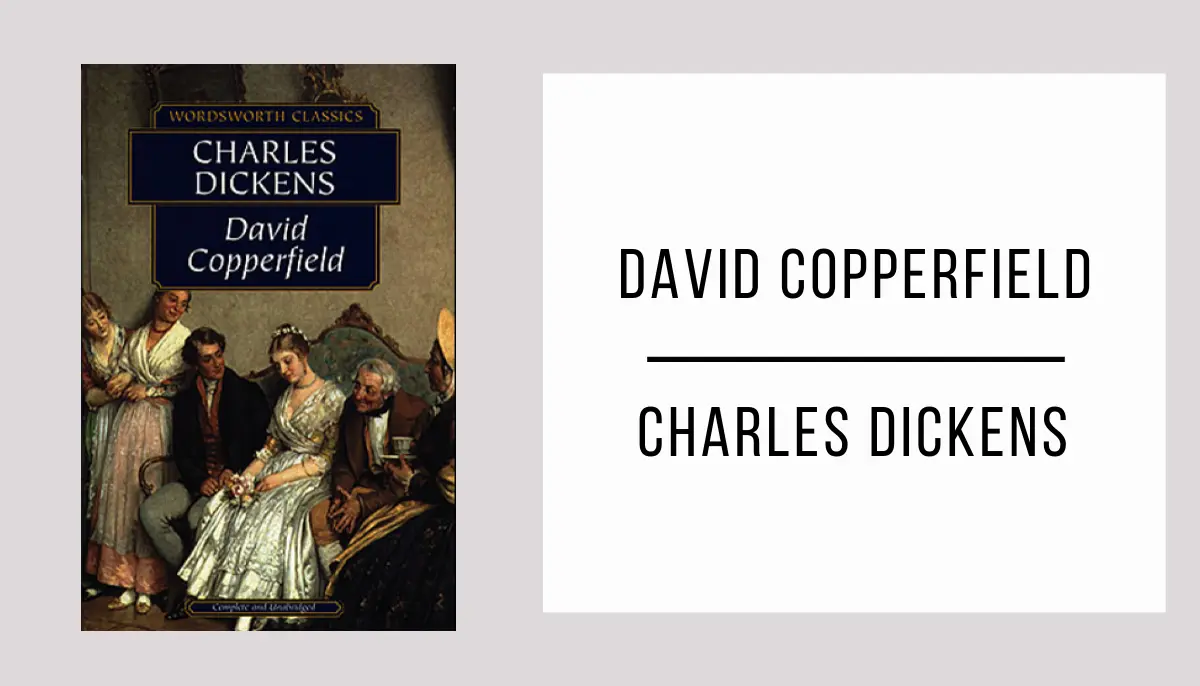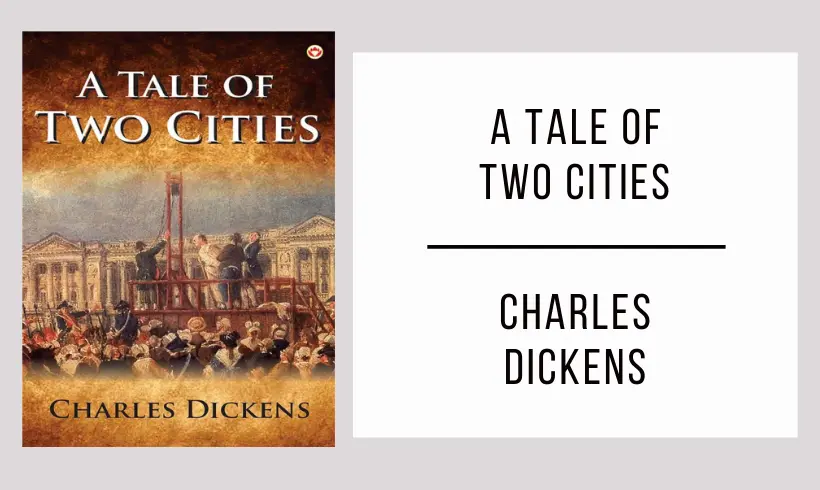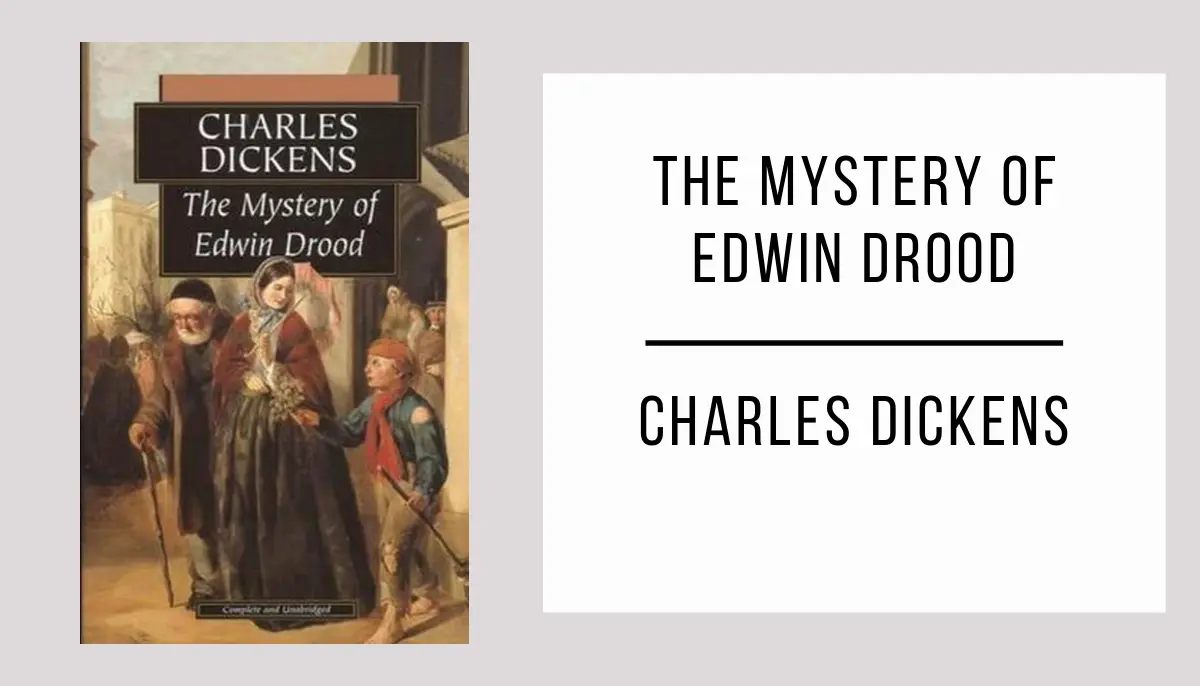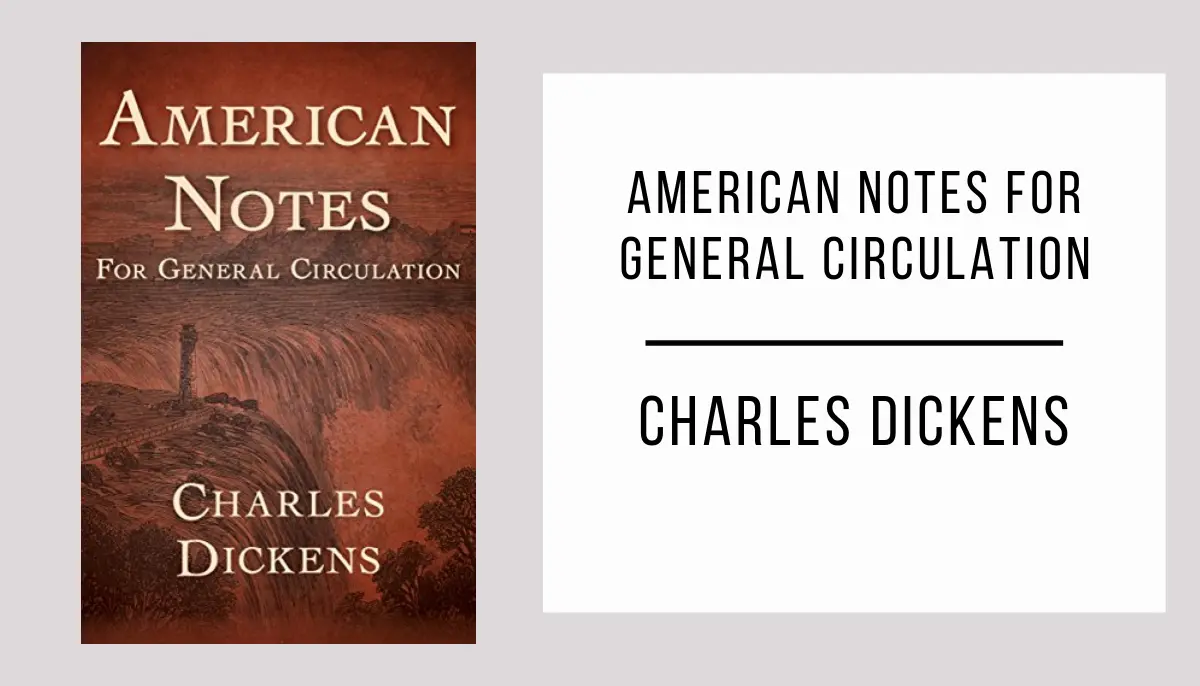“The Posthumous Papers of the Pickwick Club” is a masterpiece by Charles Dickens that captivates with its unparalleled wit and humor.
Download a free PDF copy of “The Posthumous Papers of the Pickwick Club” right now and immerse yourself in this fascinating story.
Let yourself be enveloped by Dickens’ unique narrative and discover why “The Posthumous Papers of the Pickwick Club” is a literary treasure you can’t afford to miss.
The Posthumous Papers of the Pickwick Club in PDF format
*Wait a few seconds for the document to load, the time may vary depending on your internet connection. If you prefer, you can download the file by clicking on the link below.
Loading fileInformation The Posthumous Papers of the Pickwick Club
- Author: Charles Dickens.
- Publication Date: 1836-1837.
- Main Characters:
- Samuel Pickwick: Founder of the Pickwick Club, an elderly gentleman.
- Nathaniel Winkle: Pickwick’s friend, inept sportsman.
- Augustus Snodgrass: Pickwick’s friend, self-proclaimed poet.
- Tracy Tupman: Pickwick’s traveling companion, romantic lover.
- Sam Weller: Pickwick’s manservant, a fount of proverbs.
- Brief Summary: “The Posthumous Papers of the Pickwick Club” narrates the adventures of Mr. Pickwick and his friends as they embark on a delightful journey across England. The book combines humor, satire, and eccentric characters, with particular emphasis on the figure of Sam Weller, Pickwick’s servant.
- Thematic Analysis: “The Posthumous Papers of the Pickwick Club” satirizes philanthropy and offers a humorous view of English society of the time. Through the characters’ escapades, Dickens addresses themes such as friendship, love, and social conventions.
- Historical Context: “The Posthumous Papers of the Pickwick Club” was Charles Dickens’ first published novel and became a literary sensation. Its humorous style and social critique resonated with Victorian audiences. The work reflects 19th-century English society, and its influence endures to this day.


